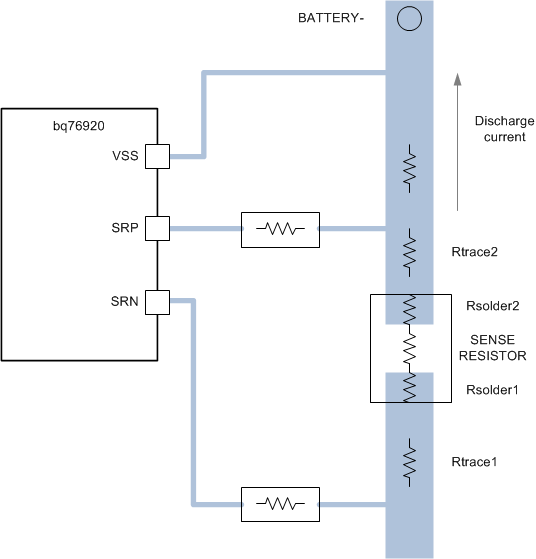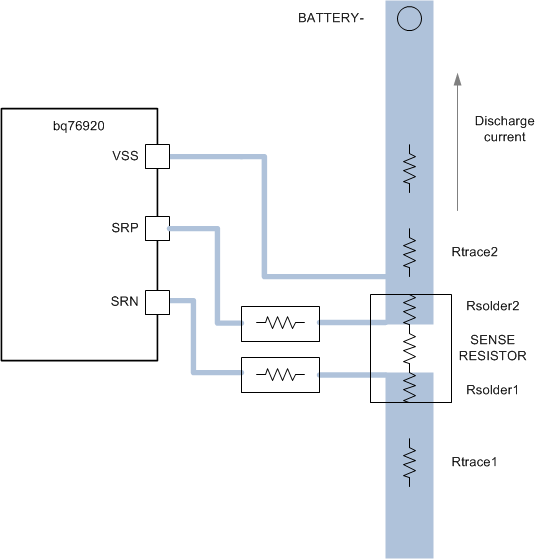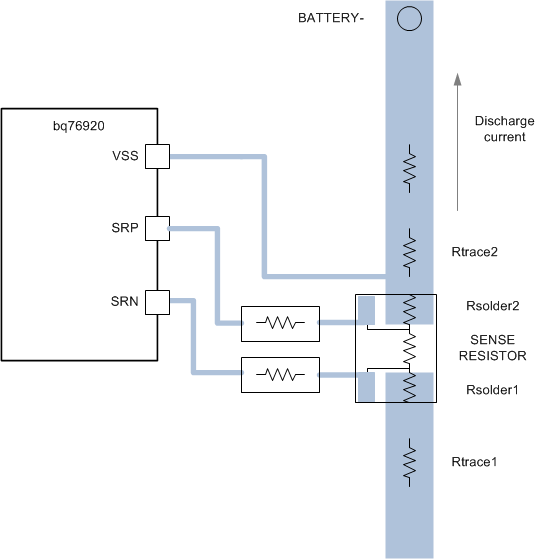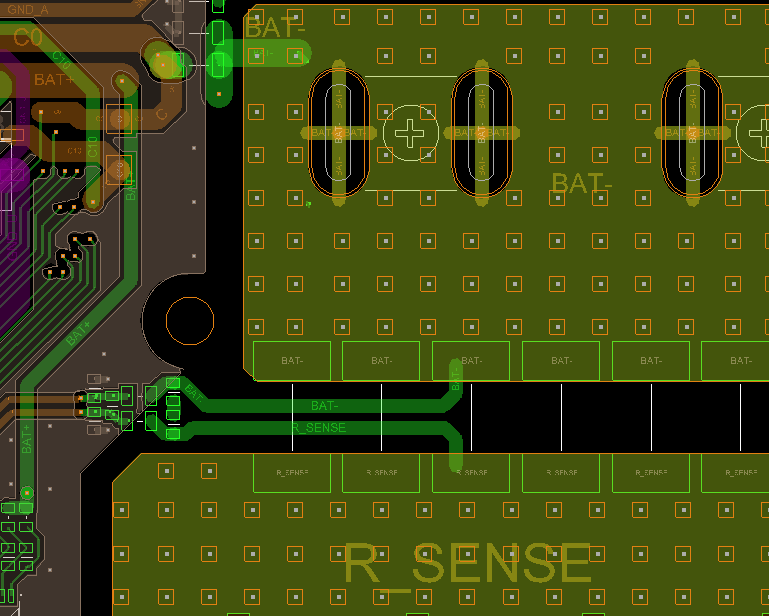I use TI 76930 AFE.
The Rsense is 1m Ohm.
I set the AFE OCD and SCD threshold as 89mV and 111mV.
When the current is 78A or so, AFE OCD bit is set and D_FET off.
When the current is 89A or so, AFE SCD bit is set and D_FET off.
How come AFE OCD/SCD works while current does not exceed the OCD/SCD threshold?
Thanks





